Introduction:
In the symphony of early childhood development, where every note contributes to the crescendo of a child’s potential, we at Little Einsteins Preschool recognize the profound role of music and movement. This blog unveils the magic of this dynamic duo, illuminating how the rhythmic cadence and expressive dance form a tapestry that enriches the minds, bodies, and souls of our little Einsteins.
The Enchanting Ballet of Development:
Music and movement aren’t mere activities; they are the architects of neural connections, the choreographers of motor skills, and the poets that speak directly to a child’s burgeoning creativity. This synergistic relationship is the canvas upon which the earliest strokes of holistic development are painted.
The Harmony of Cognitive Growth:
Rhythmic Intelligence: The rhythmic patterns in music stimulate cognitive growth. Little Einsteins exposed to varied beats and melodies develop a heightened sense of auditory processing, laying the foundation for language skills.
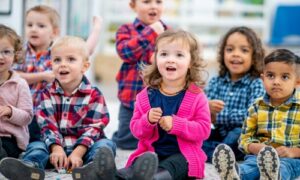
Memory Marvels: Music and movement engage memory faculties. Whether through learning songs or recalling dance sequences, these activities foster memory enhancement and cognitive retention.
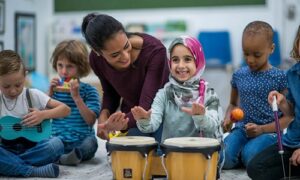
Emotional Resonance: Music is a universal language that speaks to emotions. Through expressive movement, children learn to convey and understand emotions, fostering emotional intelligence.
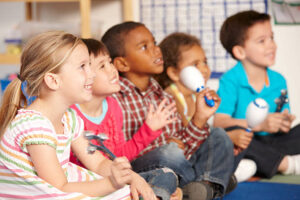
Creative Exploration: The canvas of music invites creative exploration. From improvised dances to impromptu singing, these activities encourage imaginative expression, nurturing the seeds of creativity.
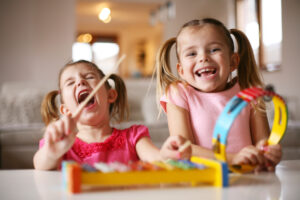
Dynamic Duo for Physical Dexterity:
Motor Mastery: Movement activities enhance motor skills. From simple dance steps to intricate hand movements, children develop coordination, balance, and fine motor skills.

Spatial Awareness: Dancing to the rhythm hones spatial awareness. Little Einsteins learn to navigate their bodies in space, fostering a sense of spatial orientation crucial for various activities.

Energy Outlet: Music and movement provide a constructive channel for energy release. This not only promotes physical well-being but also helps in developing self-regulation skills.
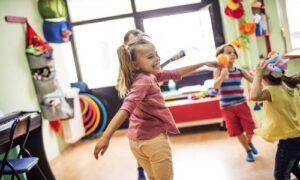
Conclusion:
In the grand tapestry of early childhood development, music and movement are not just tools; they are conduits of transformation. From the ethereal notes that stimulate cognition to the dynamic dance that shapes physical prowess, the influence of this dynamic duo is profound. Little Einsteins who sway to this rhythm are not just learning; they are orchestrating a symphony of growth that resonates through every facet of their being.
